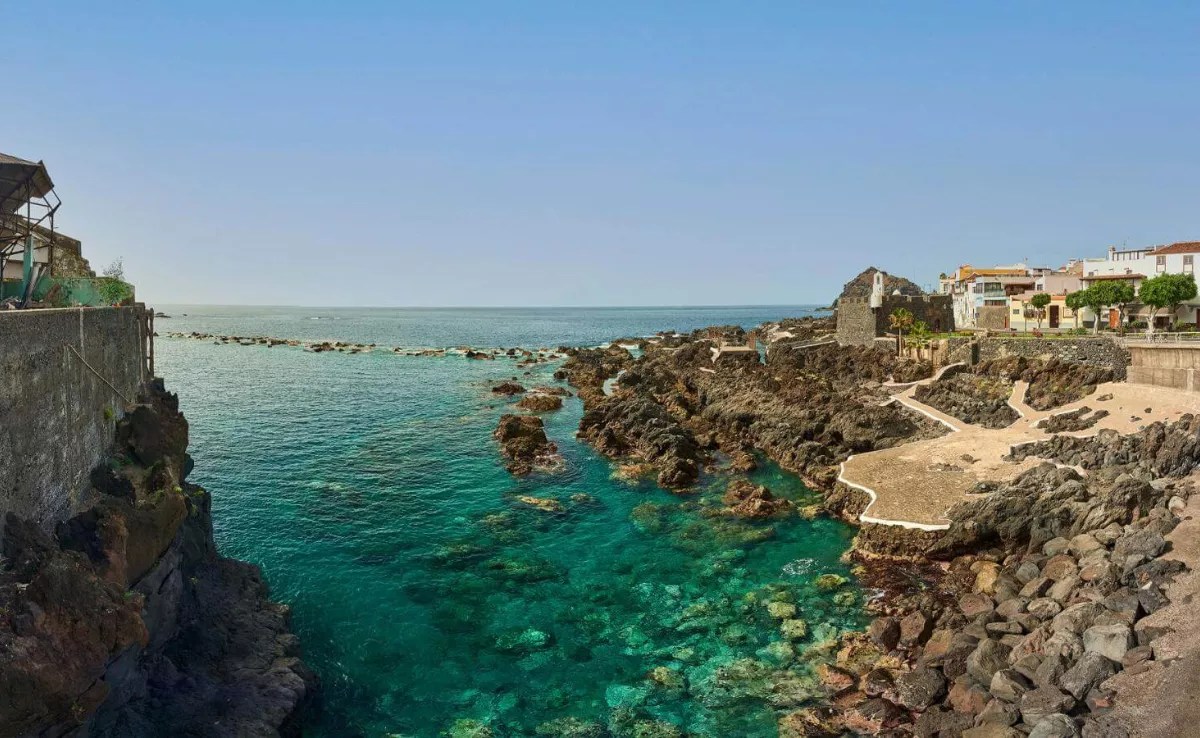
SANTA CRUZ DE TENERIFE, 28 September (EUROPA PRESS) –
The Cultural Heritage Area of the La Laguna City Council is currently examining the findings of a comprehensive study regarding the condition of the monument dedicated to Father Anchieta. This initiative has been assigned to the Spanish firm GEA Asesoría Geológica, in collaboration with restorer Pablo Klett Fernandez.
Following an in-depth technical analysis of the chemical and physical factors impacting the sculpture, alongside the most suitable cleaning and protective measures after the on-site testing conducted in July this year, GEA has submitted an extensive restoration proposal for this nearly 5.5-metre tall monument weighing over 3.5 tonnes. The initial cost for this undertaking is estimated to be 48,678.26 euros and encompasses both the bronze sculpture and its granite base.
“This represents a considerable expense, and we are already exploring the best approach to tender the restoration and safeguarding of the statue promptly,” remarked Adolfo Cordobés, the councilor for the Cultural Heritage Area.
The councilor highlighted that, based on the comprehensive study regarding the state of the bronze, it seems all identified alterations have a superficial impact on the imagery of Anchieta, preserving the metallic integrity of the bronze components. Researchers have confirmed that, overall, the sculpture is in a satisfactory condition of preservation, particularly considering the duration that it has been subjected to environmental elements. Concerns remain regarding the deterioration of the base, which has experienced some loss in recent years, although recovery is feasible.
The project delineates, according to the tests conducted, the necessary steps for the restoration process, including safety protocols, materials for cleaning, exposure time frames, a secure method for sealing cracks, and the specifically tailored inhibitory and protective treatments for both the bronze and the granite base, with additional procedures to reinforce any fractured components and restore volume to the base.
EXPECTED DURATION OF TWO MONTHS
The project will be executed in four stages, accompanied by monitoring and quality control, and it is anticipated that, upon commencement, it will take approximately two months to complete. The estimated expenses encompass all related costs, waste management, and taxes. However, the pricing of certain components may fluctuate based on the rental fees, raw material costs, or shipping charges at the time of implementation.
The cleaning and sampling for laboratory analysis took place from 1 to 3 July 2024, at the current location of the sculpture, which is situated on its own stone base atop an octagonal concrete pedestal in the small square adjacent to the Padre Anchieta roundabout in La Laguna, next to the Faculty of Biology. Following this, an analysis and assessment of materials and their pathologies was conducted to ascertain their deterioration and to formulate a suitable intervention plan tailored to the requirements of the monument.
The methodologies for studies, sampling criteria, or tests are grounded in the substantial experience accrued by GEA in conservation and quality control initiatives, as well as by restorer Pablo Klett Fernández in numerous projects involving historical, monumental, and artistic heritage.
In these projects, the Criteria for Intervention in Stone Materials 1 applicable to historical heritage, published by the GEIIC of the Cultural Heritage Institute of Spain, of which they are active members, were adhered to, in addition to the principles outlined in various international charters, including the Venice Charter (1964) and the Restauro Charter (1932, 1972). Moreover, relevant UNE-EN standards were employed in the applicable actions.
The diagnosis was formulated based on a report prior to the relocation of the statue provided by the CICOP foundation and signed by Miguel Ángel Fernández Matrán, detailing various conditions of the statue, in addition to the document titled “The Sculpture of Anchieta and its Roundabout in Brazil” by Antonio Hernández, a Secondary Technology professor. It reviewed production techniques and the resulting alterations, as well as the natural aging process of materials, factoring in the relocations the work has experienced since its original placement in the Brazilian roundabout.
ABOUT GEA
GEA Geological Consulting, established in 2001, is a premier state company specialising in assessing the behaviour of various materials that form part of cultural heritage facing deterioration challenges, aimed at discovering the most effective solutions for their restoration, conservation, and maintenance.
The entity has earned recognition as a Technology-Based Innovative Company (EIBT) by the National Association of European Business and Innovation Centres (ANCES). It engages in restoration, conservation, and rehabilitation projects across all forms of cultural heritage—both architectural and sculptural—as well as industrial, archaeological, artistic, or cultural landscapes.
Selected by the La Laguna City Council for this initial intervention phase on the Father Anchieta monument, the company has previously conducted studies, quality assessments, and/or consultancies at the cathedrals of Burgos, Santiago de Compostela, Seville, Gerona, Palencia, Valencia, Oviedo, Huesca, Getafe, Vitoria, Soria, Mallorca, and Barcelona.
Additionally, it has undertaken such work at unique structures like the Prado Museum, the Bank of Spain, the Alhambra, the Congress of Deputies, and the Puerta de Alcalá, as well as the walls of Lugo, Oviedo, Ávila, León, and Toledo; archaeological sites like the Roman city of Complutum (Alcalá de Henares), Contrebia Leucade (La Rioja), Llano de la Horca (Santorcaz), and Eras de San Martín de Alfaro (La Rioja).
Furthermore, the firm has also participated in international monuments, such as those in Gjirokastra, Kanine, Borsh, and Krujë in Albania; notable examples of the Asturian Pre-Romanesque; Paleolithic cave sites in northern Spain; and landmarks like the Sagrada Familia and the Palau de la Música in Barcelona, along with the historic cities of Toledo and Cuenca or the Old Towns of Cáceres, Ávila, and Segovia, among others.
















